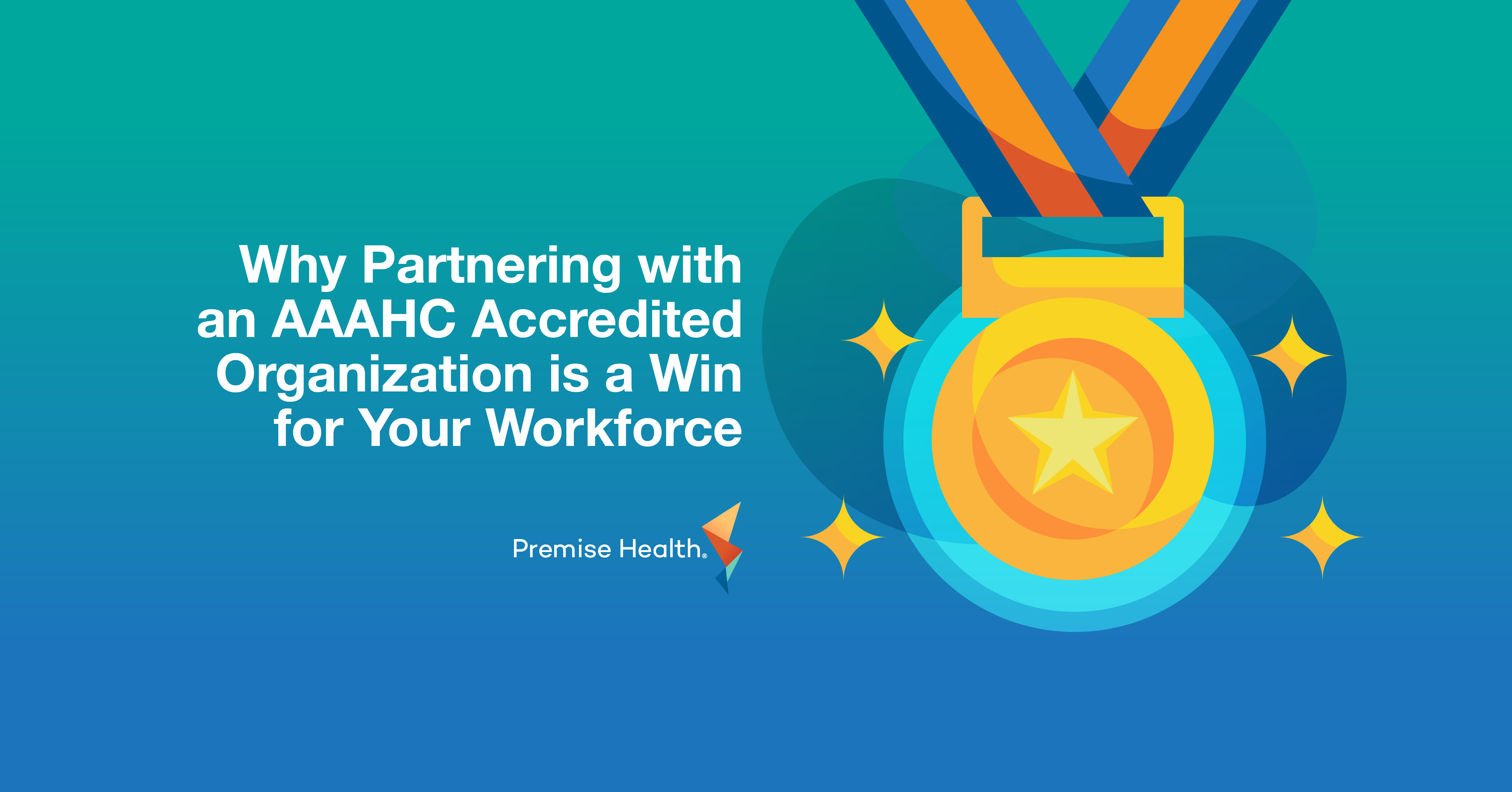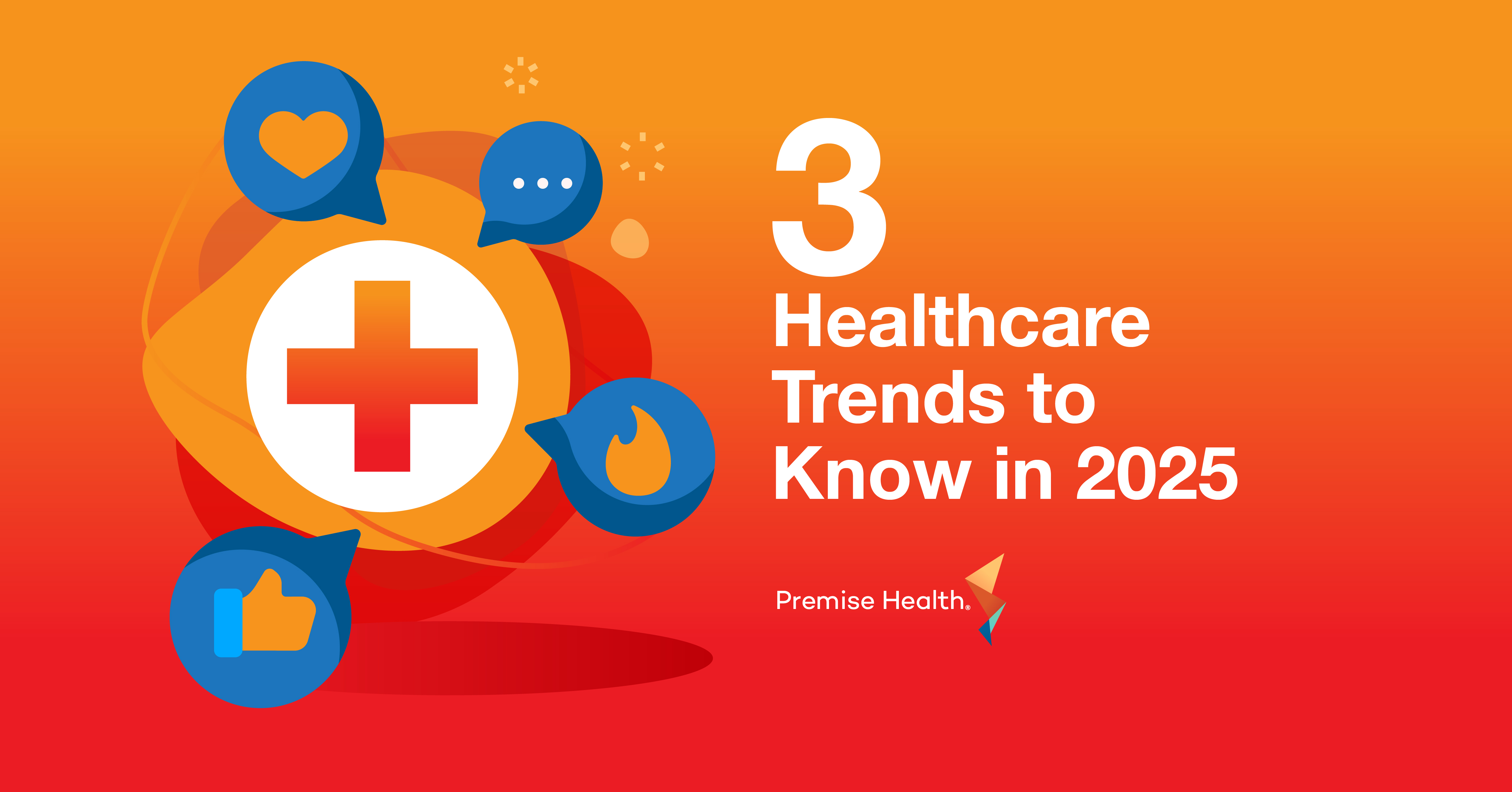How to Prevent Employee Burnout by Prioritizing Your People
According to a 2018 study by Yale University, one in five “highly engaged” U.S. workers reported experiencing some form of burnout. The global pandemic has only worsened this issue. Stress caused by new roles such as homeschooling or caring for sick relatives, blurred lines between work and home life, and job security fears have led to 41% of U.S. employees feeling symptoms of burnout in 2020. As an employer, understanding the causes and identifiers of employee burnout is the first step towards reducing its impacts in your organization.
What is Employee Burnout?
Burnout is defined as physical, mental, or emotional exhaustion. Employee burnout is a special type of work-related stress – a state of physical or emotional exhaustion that also involves a sense of reduced accomplishment and loss of personal identity. Employee burnout has been officially recognized as an illness by the World Health Organization (WHO). With that, the responsibility for managing burnout has shifted away from individuals and towards organizations. While employee burnout can result from a number of factors, common causes include lack of control at your job, work-life imbalance, 24/7 connectedness, and lack of support. According to a Gallup survey, the top five sited reasons for employee burnout are:
- Unfair treatment at work
- Unmanageable workload
- Lack of role clarity
- Lack of communication and support from their manager
- Unreasonable time pressure
Companies that don’t support the well-being of their employees risk higher turnover, lower productivity, and higher healthcare costs.
How Can You Identify Burnout Within Your Workforce?
Exhaustion, isolation, lack of productivity, and cynicism are all common symptoms of burnout but every individual experiences it differently.
- For an individual working in a manufacturing plant, burnout might present itself as musculoskeletal or respiratory issues.
- For someone working a desk job, symptoms might include decreased performance, headaches, or insomnia.
- For a nurse, emotional strain, exhaustion, or lack of satisfaction might be the telling signs.
As an employer, take the time to look at your work environment and understand what stressors might be causing your employees to feel burned out. How can you make it safer for your employees to work there every day? What conditions help your employees to flourish and what might be adding to their frustrations? By digging in, you can better understand the factors that are causing burnout and work to decrease their effects.
What Can Employers Do to Decrease the Effects of Burnout?
A more engaged workforce is a more productive workforce and reducing burnout among employee populations should be a top priority for all organizations. Burnout impacts each generation and each individual differently so combatting this issue requires organizations to create an adaptable strategy.
- The first step in mitigating employee burnout is to prioritize mental health within your organization. Creating a culture of acceptance ensures that employees feel comfortable seeking help. Additionally, reducing the stigma of mental health in the workplace ensures employees feel supported as they navigate their health.
- Provide your workforce with education about employee burnout; what it is, what the warning signs are, and what symptoms look like. This awareness will allow employees to recognize the indications of burnout in themselves and their peers.
- Give your employees access to mental health resources and ensure that they’re aware of those offerings. For example, offer mental health screenings onsite or send regular communications to your workforce about the services offered through your Employee Assistance Program (EAP).
Employers continue to seek ways to better integrate mental health services into the workplace. Creating accessible pathways to mental health services for employees will reduce the burden on the individual and increase the likelihood that they will take advantage of services. Employers can complement onsite primary care or occupational health services with behavioral health and counseling, and better equip their employees to fight work-related burnout.
As the world leader in direct healthcare, Premise Health understands the challenges of employee burnout and the importance of mental health and we’re equipped to design the right solution for your specific needs. Want Premise to work as part of your EAP? Want to keep your EAP vendor and add onsite Premise Behavioral Health? Looking for a short or long-term counseling solution? We have you covered.
To get a recommendation based on your unique needs, click here.
Next on industry insights.

How to Futureproof Your Healthcare Benefits
Read the Blog
Why Partnering with an AAAHC Accredited Organization is a Win for Your Workforce
Read the Blog